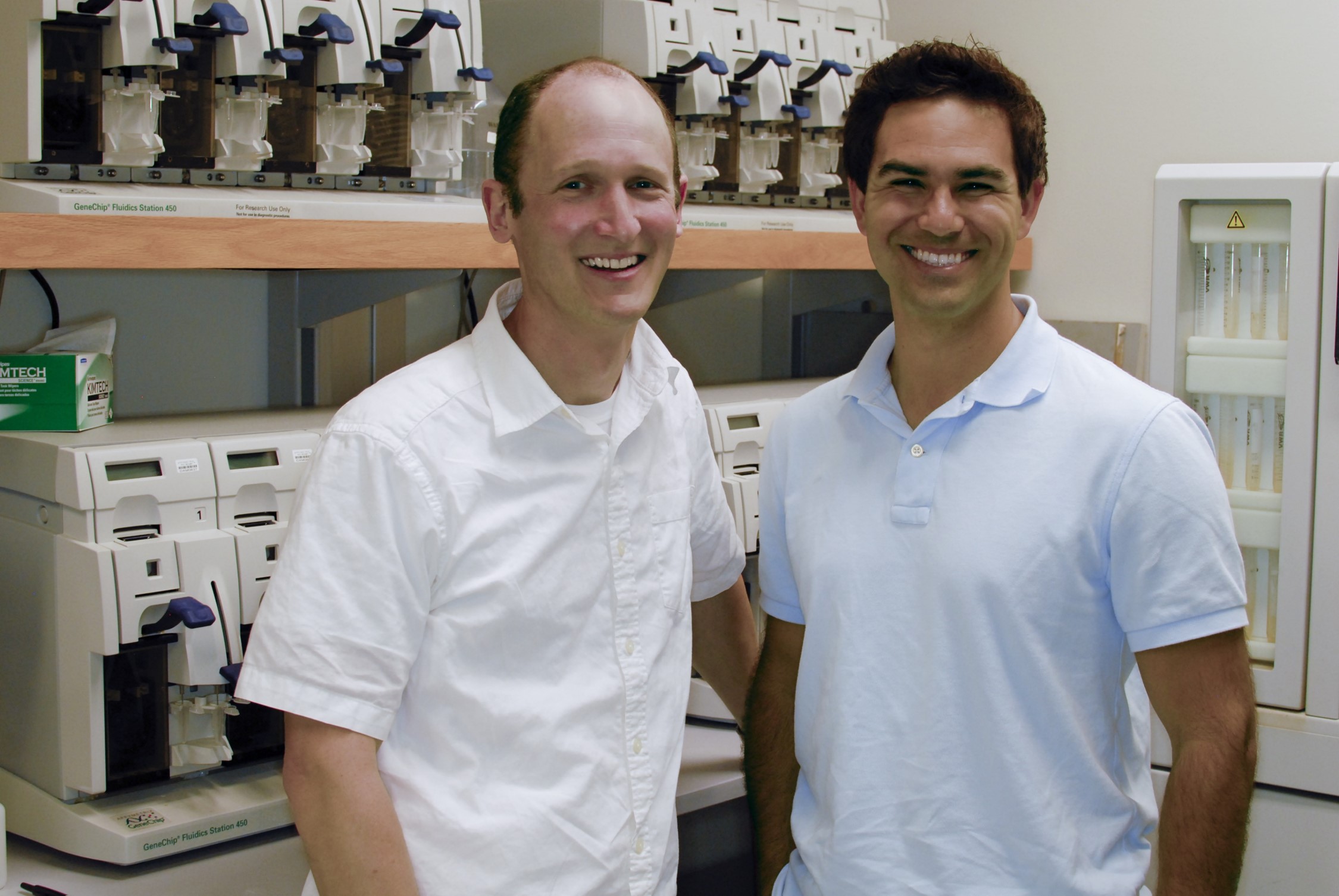A Shortcut to Drug Trials
-
-
slice.mit.edu
- 2
Filed Under
Recommended

“They say that it takes five to ten thousand drugs for every one that gets on the market,” says Andrew M. Radin MBA ’14, co-founder and chief business officer of drug discovery company twoXAR. “So the chance that a drug actually makes it from animal studies into the clinic is about two percent.”
That’s a number that Radin thinks is way too low, especially for all the time and money that goes into the drug discovery phase. So he started a company that touts a drug discovery platform that can dramatically increase the probability that the drugs will make it to market. And it works. “With our software platform, we can, in five minutes, screen millions of drugs and say here are the ones with the highest probability of working with this disease, here are the reasons why, and those reasons can also give you hints on what types of studies you should run to validate it.”
So how does it work? The software platform draws from a library of drug data—with millions of drugs—and runs through the platform for a specific disease. The results score each drug, indicating how likely it is to treat that disease as well as the underlying reasons why. What makes this approach so important, says Radin, is that currently this process can take years and is usually done manually, limiting the amount of data that can be analyzed. By utilizing the abilities of a computer program, the variables of comparison can be much greater—mining biological, chemical, and clinical data, twoXAR analyzes billions of data points associated with a disease.
“People are not good at taking in lots and lots of data and crunching that into something that is cohesive. A computer can do that literally in seconds. It’s not something that would ever replace a person, but it’s going to be able to provide researchers with things to focus on and the reasons why.”
So far, the company has completed preclinical studies on four different diseases with huge success, including cancer and autoimmune disorders. They took the 10 most likely drug candidates indicated by the platform for each disease and put them into preclinical studies, with 30 percent of the drugs resulting in positive outcomes.
Radin—who got his MBA at Sloan after dual undergrad degrees in biochemistry and cell biology and economics from UCSD—always knew that he wanted to start a biotech company and thanks to years-long chance interactions with similarly named Andrew A. Radin, his co-founder, their business goals aligned at just the right time.
Andrew A. Radin first developed the software prototype in a biomedical informatics course at Stanford University and knowing Andrew M. Radin’s bio background asked for his input. “First I was giving him feedback on the project, then we started to discuss how to bring this to the world. We started to do significant market research around twoXAR as a company to try to understand how this could actually make an impact.”
In 2014, they launched the company, twoXAR, a nod to their names. “twoXAR is simply 2 x AR. A functional name…very MIT,” explains Andrew M. Radin. Today, they are focused on bringing twoXAR’s software-driven discoveries to patients with the help of a diversified team of academic and industry partnerships, and software investors.








Comments
Anu Sood
Tue, 11/08/2016 11:31am
How does 1 in 5,000-10,000 equate to 2%? 2% equals 1 in 50, so do you instead mean 0.01-0.02%?
Andrew
Wed, 11/16/2016 7:24pm
Fair question.
The 2% specifically refers to drugs moving from animal studies to clinical studies which is ~5/250. Those numbers come from PhRMA's (biopharma trade group) 2013 profile of the biopharmaceutical research industry. As you can expect, this is an approximate industry-wide number and undoubtedly varies across different dimensions including diseases, quality of animal models, market opportunity, etc., but it is useful as a rough benchmark.
There is much better data on drugs moving through each stage of clinical trials as it's all publically documented and is well-presented by the Tufts Center for the Study of Drug Development and later PhRMA profiles.